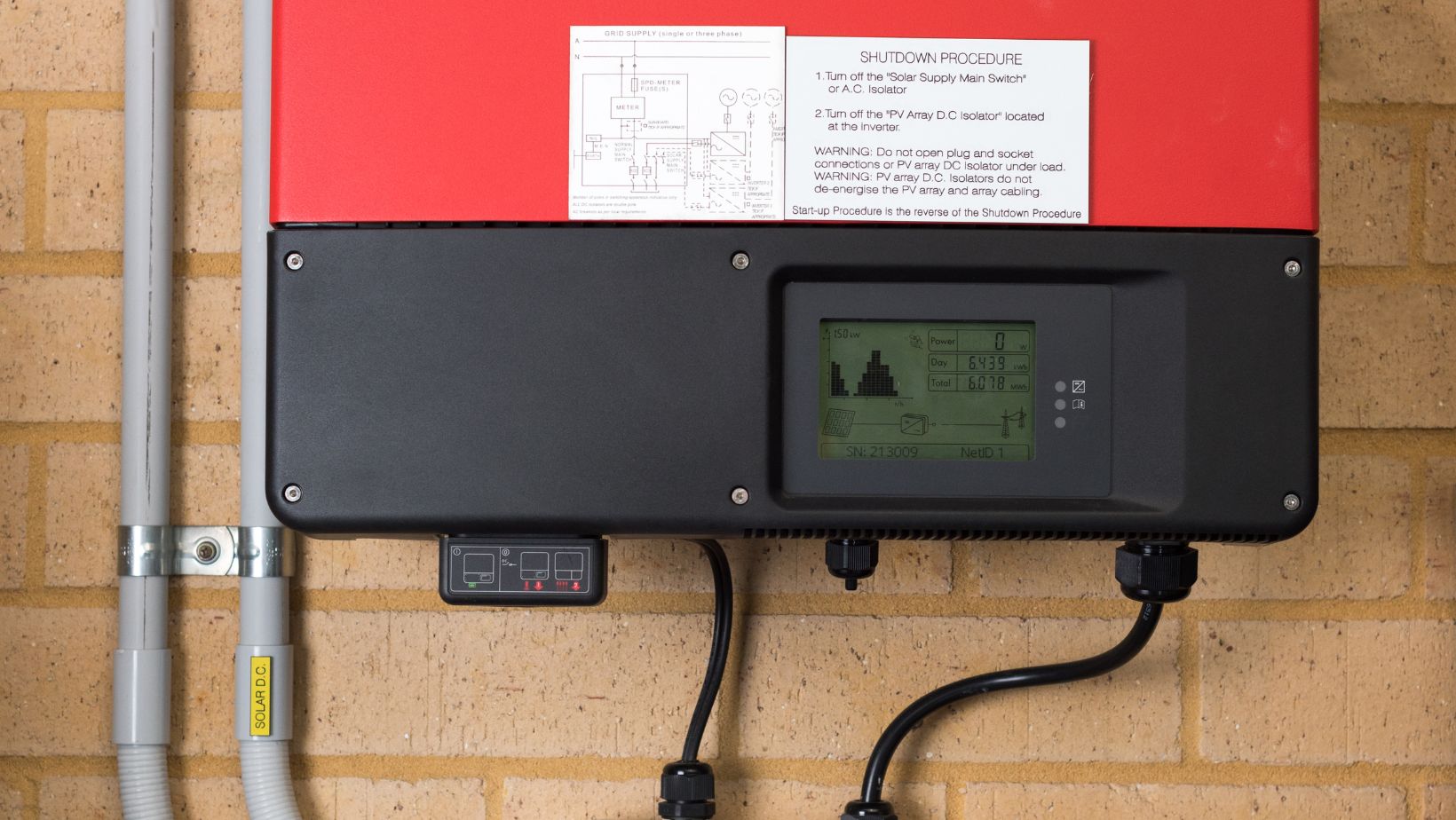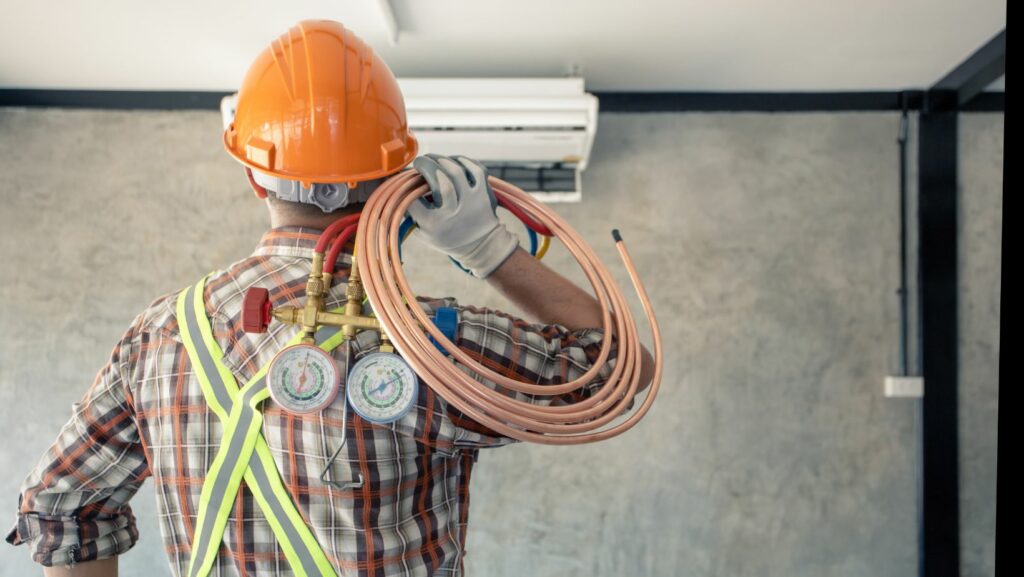Table of Contents
ToggleHow To Pull A Vacuum On AC System
First and foremost, let’s understand why pulling a vacuum is necessary. When air or moisture enters your AC system, it can lead to reduced cooling efficiency and potential damage to critical components. Pulling a vacuum helps eliminate these contaminants by creating a low-pressure environment within the system, allowing any trapped air or moisture to be removed.
To begin the process, you’ll need some essential tools such as a high-quality vacuum pump, manifold gauge set, and refrigerant recovery machine (if applicable). Start by connecting the manifold gauge set to both the high and low-pressure ports of your AC system. Make sure all valves are closed before proceeding.
Next, connect one end of the vacuum pump hose to the center port on the manifold gauge set and turn on the pump. Open both valves on the manifold gauge set gradually while monitoring for any leaks. Letting the vacuum run for about 30 minutes will ensure that most of the air and moisture are removed from the system.
Remember, safety should always come first when working with an AC system. Ensure proper ventilation in your workspace and wear protective gear such as gloves and goggles. Additionally, consult your manufacturer’s guidelines or seek professional assistance if needed.
By following these steps carefully and taking necessary precautions, you can successfully pull a vacuum on your AC system and improve its overall performance. So let’s dive in and get started! Why is vacuuming an AC system important?
Moisture can be detrimental to an AC system’s functionality. When moisture enters the system, it can lead to corrosion, which can cause damage to various components such as the compressor or expansion valve. By pulling a vacuum on the AC system, we create a low-pressure environment that helps remove any moisture present in the refrigerant lines, coils, and other parts of the system. This step ensures that only dry air remains within the components before recharging with refrigerant.
Air and contaminants are another enemy of a well-functioning AC system. When air infiltrates the refrigerant lines or other parts of the system during installation or repairs, it can hinder its efficiency and cooling capacity. Additionally, contaminants like dust particles or debris may find their way into the system over time. By performing a proper vacuum procedure, we eliminate both air and contaminants from within the AC system, guaranteeing optimal performance.
Vacuuming also serves as a valuable diagnostic tool for testing the integrity of an AC system. By creating a negative pressure environment through vacuuming, we can detect if there are any leaks in seals or connections within the system. If there are leaks present, they will cause a loss of pressure during evacuation and indicate areas that require attention before proceeding further with repairs or recharge.
In conclusion (as per your request), pulling a vacuum on an AC system is not just recommended but necessary for maintaining its longevity and efficiency. It removes moisture that could lead to corrosion, eliminates air and contaminants that impede performance, and allows for the testing of system integrity. By including vacuuming as a standard practice in AC servicing, we ensure that the system operates optimally and provides reliable cooling for years to come.

What Tools Are Needed For Vacuuming An AC System?
When it comes to vacuuming an AC system, having the right tools is essential to ensure a proper and effective cleaning process. Here are some of the key tools you’ll need:
- Vacuum Pump: A high-quality vacuum pump is crucial for creating the necessary suction power to remove air and moisture from the AC system. Look for a pump with a minimum CFM (cubic feet per minute) rating of 5 or higher to ensure sufficient evacuation speed.
- Manifold Gauge Set: This set includes gauges that measure pressure levels in both the low and high sides of the AC system. It helps you monitor and control pressure during the vacuuming process, allowing you to identify any issues or leaks.
- Hoses: To connect your manifold gauge set to the AC system, you’ll need hoses with proper fittings that provide a secure seal. Make sure they are compatible with your gauge set and have sufficient length to reach all components in the system.
- Core Removal Tool: This tool is used to remove valve cores from service ports on the AC system. By removing these cores, you can achieve better airflow during the vacuuming process and prevent damage caused by excessive pressure buildup.
- Vacuum-rated Refrigerant Recovery Tank: A refrigerant recovery tank specially designed for handling vacuum operations is necessary for collecting any residual refrigerant or contaminants during evacuation.
- Leak Detection Solution/UV Dye: Before commencing vacuuming, it’s advisable to use a leak detection solution or UV dye to detect any existing leaks in the AC system. This allows you to address them before proceeding further.
- Safety Equipment: Don’t forget about safety! Wear protective gloves, safety glasses, and follow all safety guidelines when working with HVAC systems.
Having these tools at your disposal will enable you to perform a thorough and effective vacuuming of your AC system. Remember to follow manufacturer instructions and industry best practices for optimal results.

